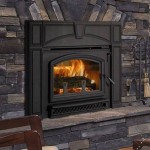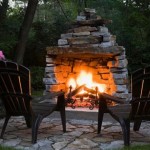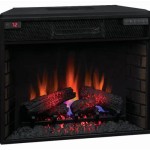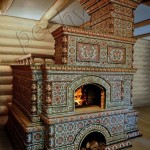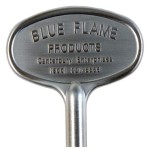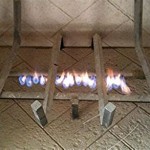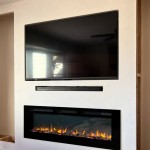Fireplace Insert Wood Stoves: A Comprehensive Guide
Fireplace insert wood stoves offer an efficient and cozy way to heat your home. But with so many options available, it's important to understand the essential aspects before making a purchase. This guide will provide an in-depth look at fireplace insert wood stoves, covering their benefits, types, installation considerations, and maintenance practices.
Benefits of Fireplace Insert Wood Stoves
Fireplace insert wood stoves offer several advantages over traditional open fireplaces:
- Increased Efficiency: Wood stoves insert directly into your fireplace, closing off the damper and redirecting hot air into the room, resulting in significantly higher heating efficiency.
- Lower Energy Costs: By burning wood, which is a renewable resource, you can reduce your reliance on expensive fossil fuels, resulting in potential cost savings.
- Improved Safety: Enclosed stoves eliminate sparks and embers from flying into the room, reducing the risk of fire hazards.
- Aesthetic Enhancement: Wood stoves add visual appeal to your fireplace while creating a warm and inviting atmosphere.
Types of Fireplace Insert Wood Stoves
Fireplace insert wood stoves come in two main types, each with its own advantages:
- Non-catalytic: These stoves are simpler in design and require less maintenance. They feature a firebox lined with firebrick that absorbs heat and radiates it into the room.
- Catalytic: These stoves incorporate a catalytic converter that helps to burn smoke and gases more efficiently, producing cleaner emissions and increasing heating efficiency.
Installation Considerations
Installing a fireplace insert wood stove requires careful consideration and should be handled by a qualified professional:
- Chimney Inspection: Ensure your chimney is properly sized, in good condition, and can accommodate the stove's flue pipe.
- Fireplace Modification: Most fireplaces require some modification to accommodate an insert, such as enlarging the firebox or installing a damper.
- Safety Precautions: Follow all recommended safety guidelines, including installing a smoke detector and using a fire extinguisher.
Maintenance Practices
Proper maintenance is crucial for the safe and efficient operation of your fireplace insert wood stove:
- Regular Cleaning: Remove ashes from the ash pan and clean the stovepipe and glass door regularly to prevent buildup.
- Annual Inspection: Have your stove inspected by a qualified technician once a year to ensure its continued safe operation.
- Creosote Removal: Creosote, a tarry byproduct of combustion, can accumulate in the stovepipe and chimney. Regular cleaning helps to prevent buildup and potential chimney fires.
Conclusion
Fireplace insert wood stoves offer a range of benefits, from increased heating efficiency to improved safety and aesthetic appeal. Understanding the essential aspects of fireplace insert wood stoves, including their benefits, types, installation considerations, and maintenance practices, will help you make an informed decision and enjoy the warmth and comfort they provide for many years to come.

Napoleon Epi3 Wood Fireplace Insert Inserts By Rockford Chimney

T25i Timberwolf Wood Fireplace Insert Hearth Stove Patio

Wood Burning Fireplace Inserts Insert Installation

Ventis Hei240 Wood Burning Insert Rockford Chimney

Wood Inserts We Love Fire

What S Best A Fireplace Stove Or Insert We Love Fire

Fireplace Insert Guide Fireplaces Direct Learning Center

Rais 60 Insert Wood Fireplace For
.aspx?strip=all)
Cost Of Operating A Wood Insert Cord Calculator Regency

Should I Use A Fireplace Insert Or Wood Stove To Heat Up My Home

